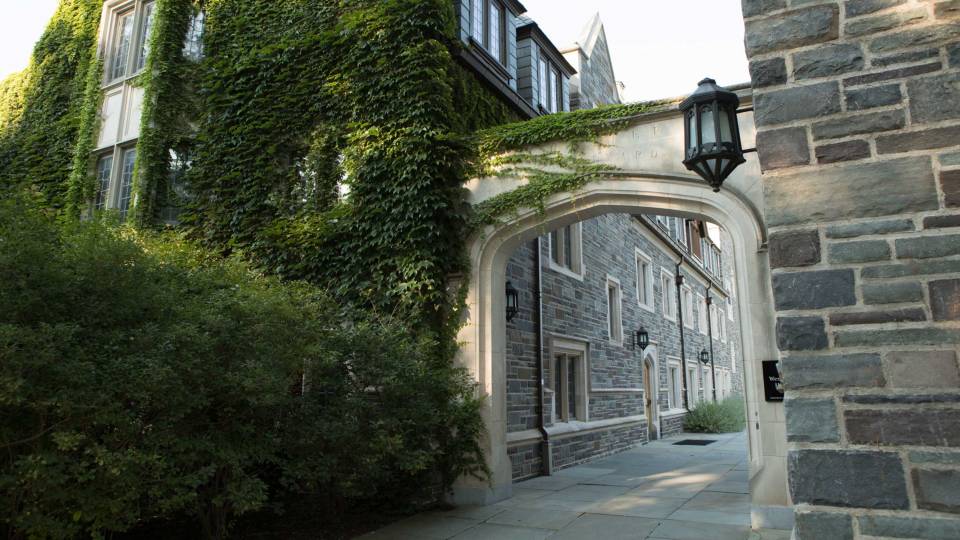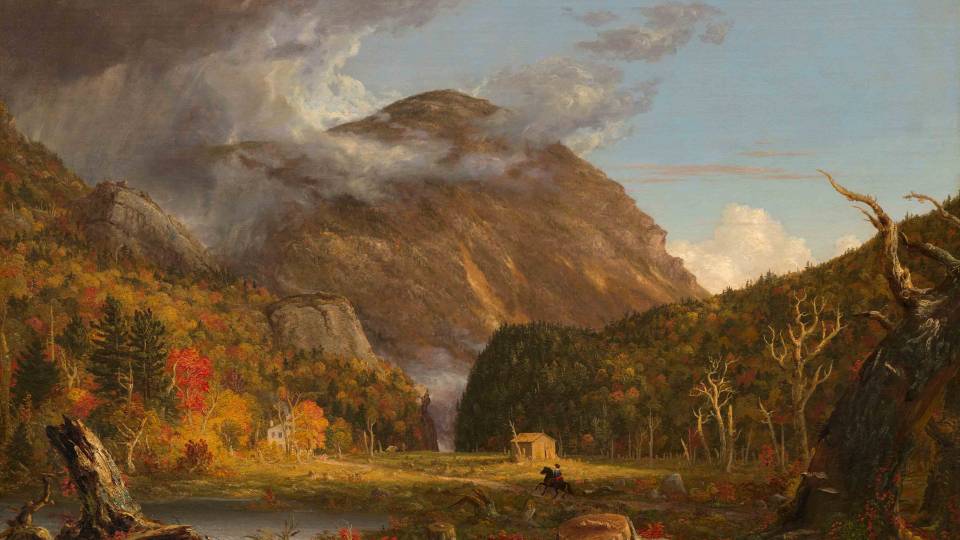Optical instruments were used by artists -- not scientists -- nearly 200 years earlier than previously thought possible, according to prominent physicist Charles M. Falco. Falco addressed an audience of about 150 in McCosh Hall on campus last night.
A professor of optical sciences at the University of Arizona, Falco maintains a wide range of interests, from Renaissance paintings to motorcycles. Falco may be best-known for co-curating an award-winning exhibit in 1997 at the Guggenheim Museum in New York City on "The Art of the Motorcycle."
Speaking on "The Art of the Science of Renaissance Painting," Falco described his "unusual and remarkably productive" collaboration with renowned British portrait painter David Hockney. This collaboration has resulted in some astonishing discoveries that refute art historians' long-standing theories, he said.
Falco explained that "overwhelming scientific evidence" indicates that lenses were used to aid in creating the images contained in a number of paintings produced as early as 1425.
For example, Jan van Eyck's famous oil on wood sketch and portrait of Cardinal Nicola Albergati shows that a complex optical instrument, an epidiascope, was in use in 1432, he said. Convex mirrors were used in 15th century Netherlandish paintings, about 200 years earlier than scientists had originally estimated.
"Every modern optical device that we have now was used (as far back as) in 1352," explained Falco.
He described his joint research with Hockney as "probably the most extensive collaboration" of his professional scientific career. "The discoveries discussed in this talk fundamentally affect our understanding of the evolution of art over the past 600 years," explained Falco. "These discoveries might well have been made decades ago if art history students had been exposed to optical science."
A fellow of both the American Physical Society and the Optical Society of America, Falco has published more than 250 scientific manuscripts, co-edited two books and has seven U.S. patents.
Falco, who holds the University of Arizona Chair of Condensed Matter Physics, delivered his talk as part of the Louis Clark Vanuxem Lectures .
Contact: Marilyn Marks (609) 258-3601


